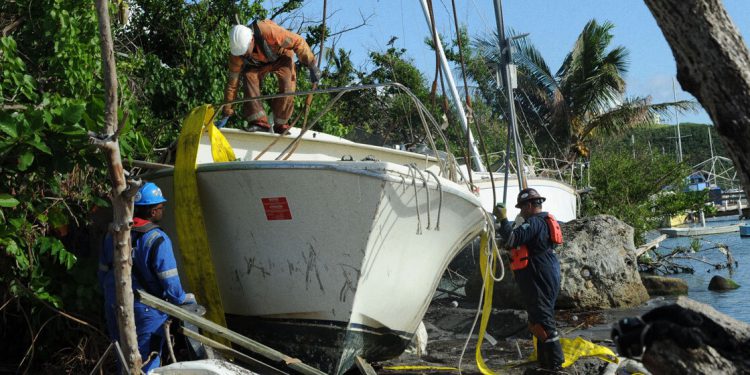
Puerto Rico and the unique challenges of emergency response in island communities
It’s almost impossible to deny the fact that “100-year storms” are happening almost every disaster season. And now in the midst of an unprecedented pandemic, emergency management agencies are all too accustomed to preparing for the worst. But emergency response isn’t the same everywhere. Emergency situations in some geographies and
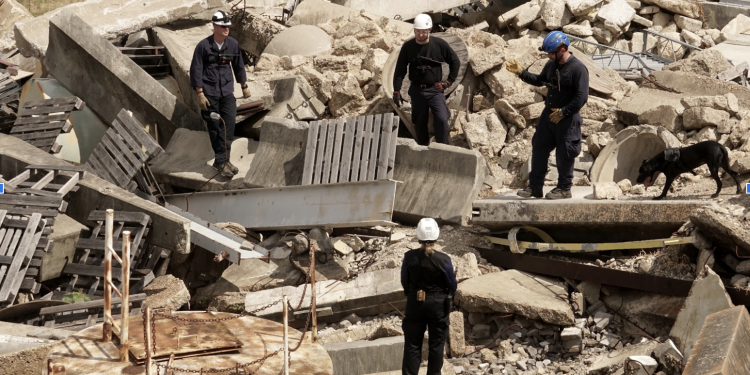
Virtual Demo | goTenna Pro for Emergency Response
Communications are the ultimate lifeline for emergency responders — but mission-critical cell, wifi, radio, and satellite networks are often the first casualty of a natural or man-made disaster. As emergency response teams face potentially record-breaking secondary disasters in addition to the global COVID-19 pandemic, communications capabilities will become even more
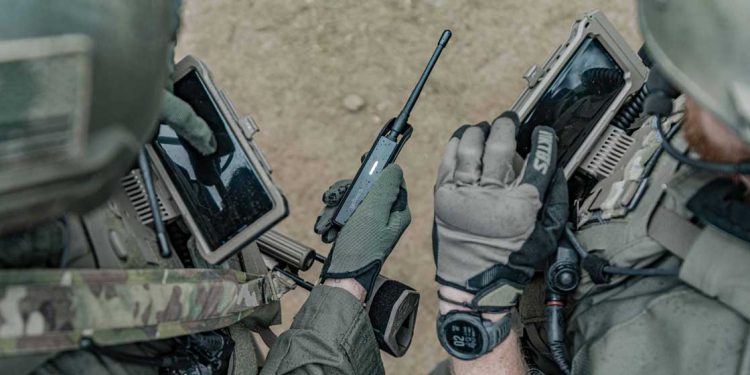
Virtual Demo | goTenna Pro for Tactical Law Enforcement
Tactical law enforcement units operate in congested urban areas, in and out of buildings and vehicles, and even in remote locations. No matter the mission, communications tools are essential to maintaining situational awareness and a low visibility profile — but what happens when cell, wifi, and radio networks become unreliable
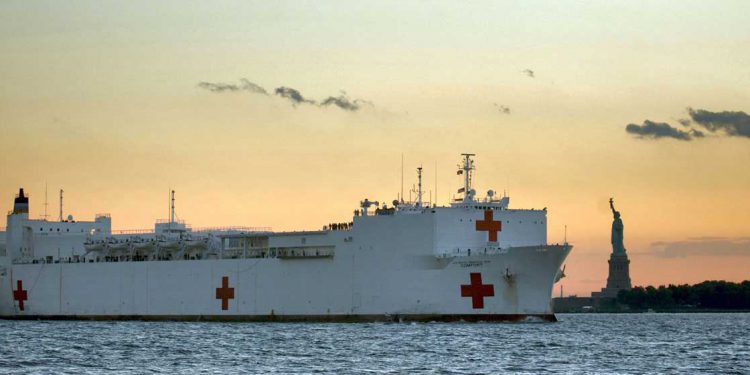
What Ebola Couldn’t Prepare Us For: COVID-19’s Strain on Emergency Communications Networks
In 2014, I was serving as the Senior Strategic Homeland Security Planner for the Brazos Valley Region in East Texas, and tasked with coordinating the Ebola response in the 7,320-square-miles surrounding the Bryan-College Station metropolitan area. Acting as a federal liaison between hospitals, public safety, and state government officials, many
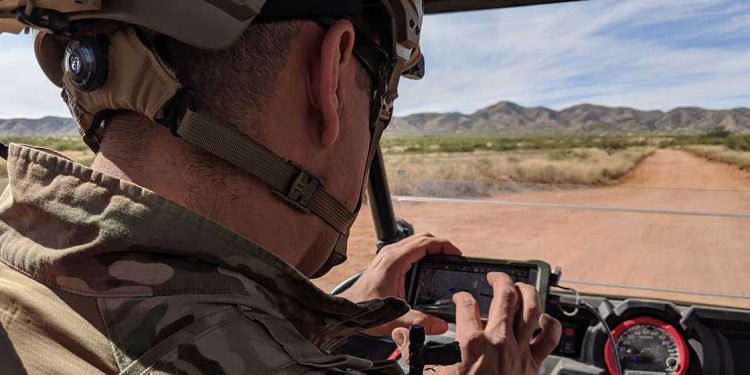
Mobile mesh networking and border patrol – staying connected while keeping the border safe
In my last article on The Last Mile, I looked at the unique communications challenges that exist at the northern border between the U.S. and Canada, which is increasingly important right now with the border closed due to the coronavirus pandemic. But it’s not the only border in need of
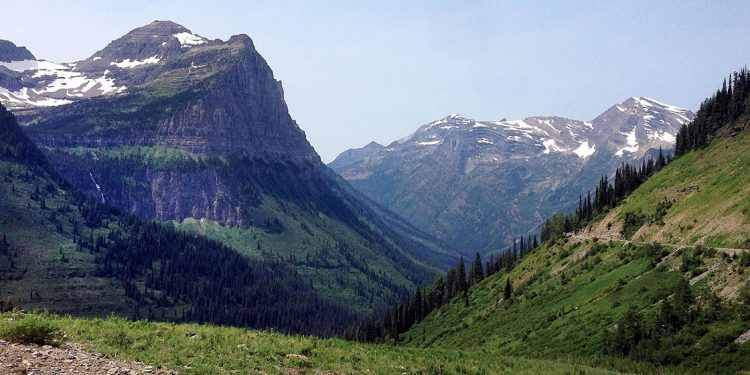
Enabling more effective off-grid communications at the closed northern border
Earlier this month, in an attempt to slow the spread of the COVID-19, the United States and Canada took the unprecedented step of shutting down the border between the two countries. While this sounds like a reasonable and rational step towards stemming the spread of a disease that has —
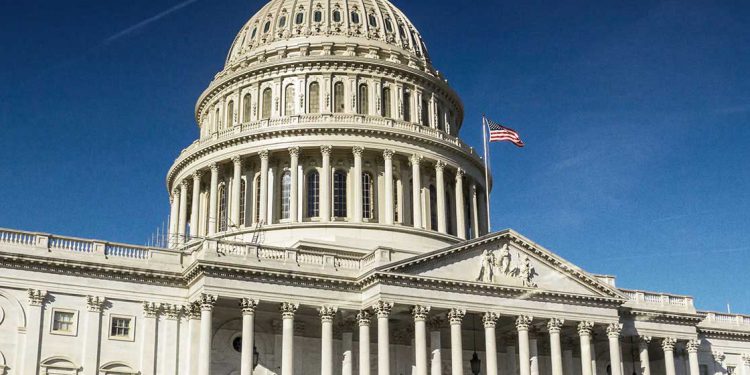
Six DHS preparedness grants to help fund resilient communications equipment
As government agencies across the United States respond to the COVID-19 pandemic, there are several new and existing sources of funding to support these rapidly evolving, multi-agency efforts where communications will undoubtedly play a key role. Earlier this week, the Senate passed a new emergency funding package totaling $340 billion,

Webinar | How to bridge gaps in event security with an interoperable communications plan
Festivals, concerts, and sporting events require constant partnership between public safety agencies and private security organizations. Far too often, we’ve seen how a lack of reliable and interoperable communication between agency partners has resulted in greater tragedy during unplanned emergencies. In this webinar, you will learn how to build a
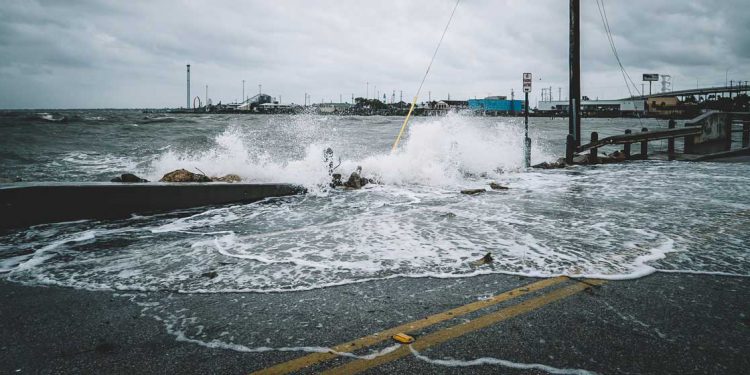
Webinar | How to build resilience and reduce risk with your emergency communications plan
Recent disasters — from Hurricane Maria in Puerto Rico to the Camp Fire in California — have proven that communications are the most critical and central infrastructure for emergency response and recovery. In order to reduce future disaster risk, emergency managers can begin to build community resilience with a better
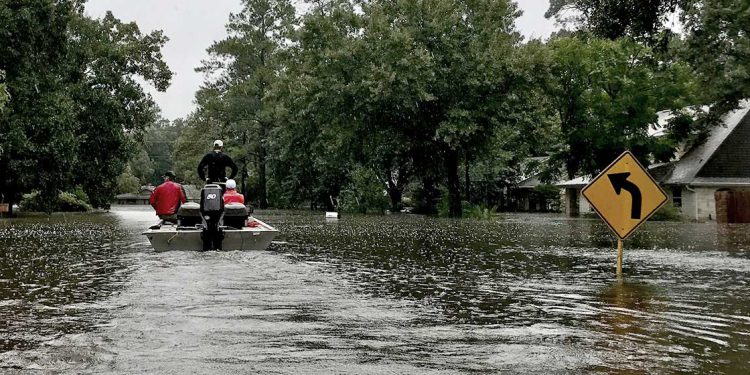
Staying connected while saving lives – mesh networking for public safety
In my home state of Texas, we’ve experienced three “five hundred year floods” in just the past few years. And that’s a similar story to what we’re hearing across the country, where flooding, wildfires, hurricanes and other natural disasters are seemingly increasing in frequency. But they’re not just happening more



